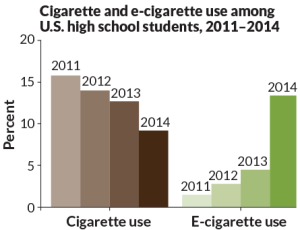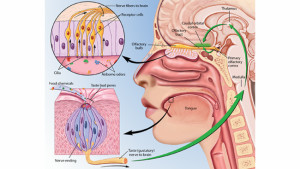As the colder weather is approaching we have more to worry about than catching the flu from our friends… catching their bad attitude. Edward Hill, a graduate from the University of Warwick in Coventry, England is part of a research team that studied how teens’ moods affect others. This group collected data from about 3,000 US teens. This study was strictly observational because there was no experiment or manipulation. Through a number of years, teens were asked about their mental state and their friends at the time. These answers were then run through computer screening which tested for 3 different areas of study. The first model looked for signs that prove the number of friends who were depressed affected a teen’s risk for depression, the second look for evidence proving the number of friends who were not depressed affected that risk. And the third trial was a control trial which studied if their friends mood had nothing to do with a teen’s risk of depression.
In the end of this study there no was evidence proving that the number of depressed friends affects a teens risk of depression. I believe this trial was unsuccessful for many reasons. First off, there is no way that the evidence resulting from this trial could be viewed as strong because this trial was entirely anecdotal observations. The collection of data took place through small surveys over the phone with large amount of people. This allows for people to give researchers inaccurate information because they think it is more socially correct (courtesy bias). The researchers can never be sure that the information they are receiving is completely correct. Another important factor in this experiment is correlation does not equal causation. This experiment limits itself to only 3 possible outcomes that are evaluated through computers. There are so many possible third variables and reverse causations that are available in this trial. There is no manipulation in the study which would allow for the correlation of your friends depression to link with your own depression. This also creates a huge window for the possibility of chance.
I would conclude this study to be a null hypothesis because there is no change and they fail to reject the alternative hypothesis. This experiment neither proved something wrong, nor proved it right. Because depression is a serious mental illness, if the experimenter truly wanted to asses the mental effects a friends depression has on themselves, they should conduct lab trials. If i were to create my own study, I would create a study group of about 20 people. I would surround 10 of the people with someone who is depressed and the other half would be the control. I would use medical equipment to study the brain activity after spending time with someone who is depressed in contrast to the person surrounded by people who are not depressed. This would allow me to manipulate the study and create tangible evidence.









